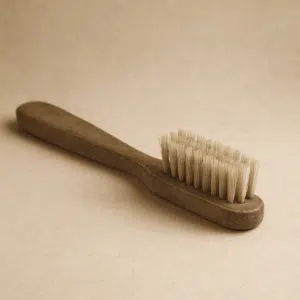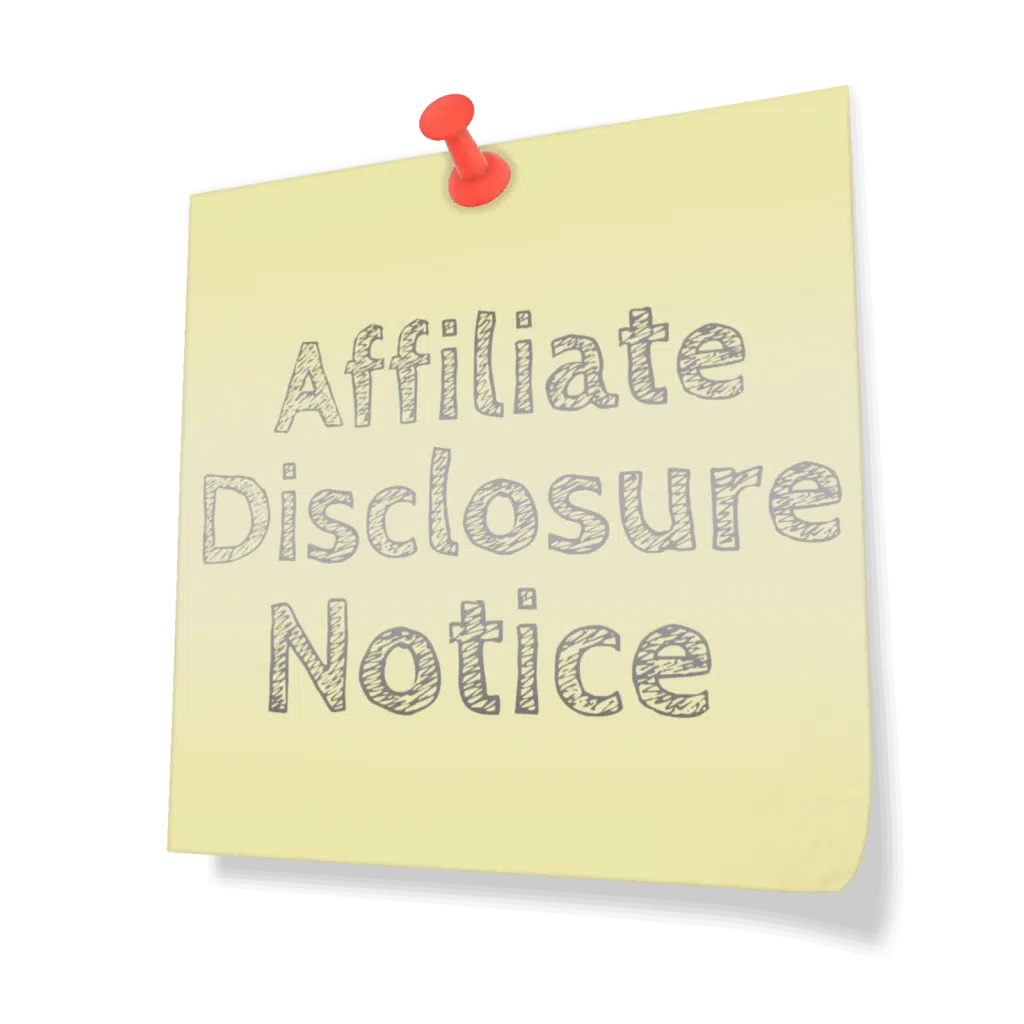Before the invention of the modern toothbrush, dental care was a mix of ingenuity and trial-and-error. Some techniques were surprisingly effective, while others were more about masking bad breath than preventing cavities. Here are seven fascinating and weird dental facts about how humans cleaned their teeth before toothbrushes.
1. Chew Sticks Before Toothbrushes
As early as 3500 BC, Babylonians and Egyptians used thin twigs called chew sticks. The ends were frayed into soft fibers that acted like natural bristles. This primitive toothbrush wasn’t just about scraping off plaque—some twigs, like those from the neem tree, even contained natural antibacterial compounds. Archaeological findings show that chew sticks were a standard tool for daily hygiene in many cultures.
 2. The Miswak Tree Stick
2. The Miswak Tree Stick
The miswak, a twig from the Salvadora persica tree, is one of the most famous natural tooth-cleaning tools and is still used in parts of the Middle East and Africa. Miswak twigs contain natural antiseptics, fluoride, and silica for gentle cleaning. Some modern studies suggest it can be just as effective as a toothbrush and toothpaste—making it a living piece of early toothbrush history.
3. Powdered Shells, Charcoal, and Ash
Ancient Egyptians polished their teeth with abrasive pastes made from powdered pumice, ox hooves, and burned eggshells. Greeks and Romans often mixed crushed oyster shells, charcoal, and ashes to scrub their teeth. These forms of historical dental hygiene were effective for cleaning but harsh on enamel. Interestingly, some modern toothpastes still use charcoal—though in much gentler forms. The American Dental Association has even documented the long evolution of these early cleaning methods.
4. Cloth and Sponges for a Quick Scrub
In medieval Europe, people often used a rough piece of cloth dipped in saltwater or herbal solutions to rub their teeth. Sponges were another tool, though they were less effective at removing plaque. Herbs like mint and sage were sometimes rubbed directly on teeth to freshen breath. These techniques may seem crude today, but they were a step toward the dental innovations that followed.
5. Animal Bones and Porcupine Quills
Long before mass-produced toothpicks, people used animal bones, bird feathers, or porcupine quills to pick food particles from between their teeth. It’s a fascinating look at how resourceful people were when it came to ancient dental care. These methods show just how creative humans were at maintaining oral hygiene before toothbrushes.
6. Pumice and Wine
The ancient Egyptians were known for mixing pumice with wine to create a gritty paste for polishing teeth. While the wine may have provided mild antibacterial properties, it certainly wasn’t as pleasant as today’s minty toothpaste. This method is among the most unusual weird dental facts from early oral care history.
7. The First Bristle Toothbrush
During the Tang Dynasty (7th–10th century) in China, the first bristle toothbrush emerged. It featured coarse hog bristles tied to bamboo or bone handles. While this design might have been rough on gums, it represented a significant leap forward in early toothbrush history. By the 1930s, synthetic nylon bristles replaced animal hair, making toothbrushes safer and more comfortable.
Before Toothbrushes vs. Modern Smiles
When you think about how people cared for their teeth before toothbrushes, it’s clear we’ve come a long way. Today’s toothbrushes, floss, and mouth rinses are not just about fresh breath but about preventing decay and gum disease—concepts our ancestors were just beginning to understand. Learn more about modern oral health at the World Health Organization.
If you enjoyed this look back at historical dental hygiene, you’ll love exploring our other
Weird Dental Facts:
- Why Do We Say “Sweet Tooth”?
- 232 Teeth in One Boy’s Mouth!
- Bizarre Dental Myths You May Still Believe
FAQs About Life Before Toothbrushes
What did people use before toothbrushes?
Before toothbrushes, people used natural tools like chew sticks, rough cloths, or tooth powders made from charcoal, ash, pumice, or crushed shells. These methods helped remove food debris and freshen breath.
Were chew sticks effective for cleaning teeth?
Yes, chew sticks were surprisingly effective. Plants like neem and miswak have natural antibacterial properties, and when the fibers were frayed, they worked like a brush to clean teeth and reduce plaque.
When was the first toothbrush invented?
The first bristle toothbrush was invented in China during the Tang Dynasty (7th–10th century) using hog bristles. Modern toothbrushes with nylon bristles appeared in the 1930s.






